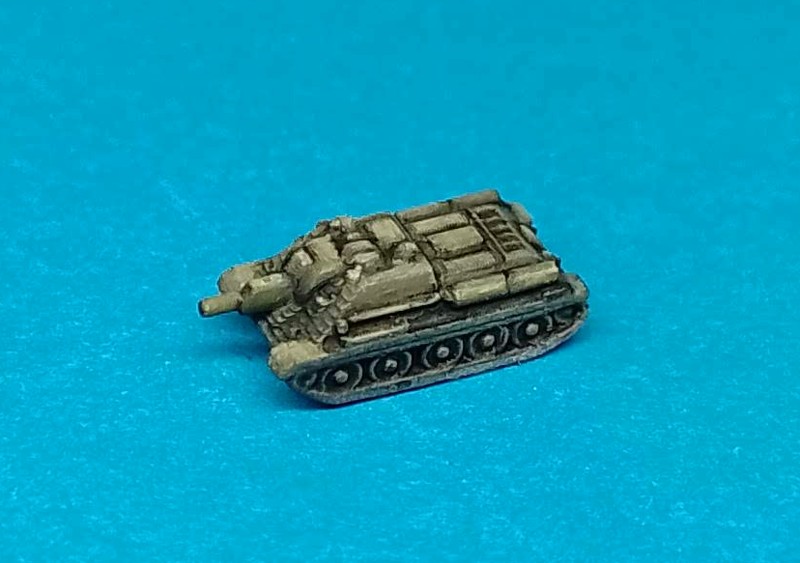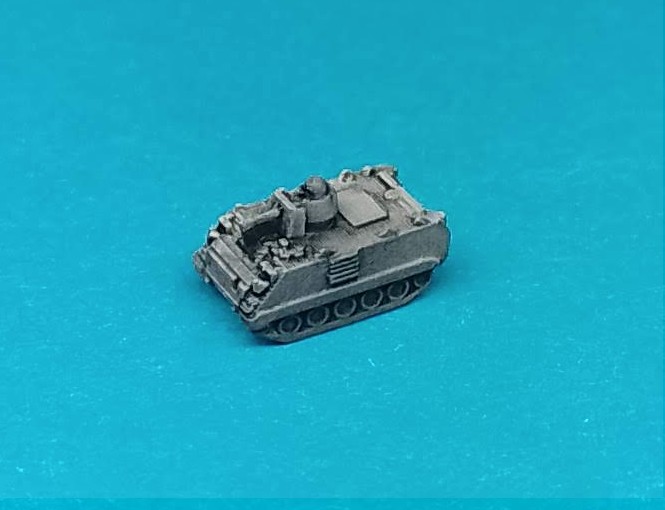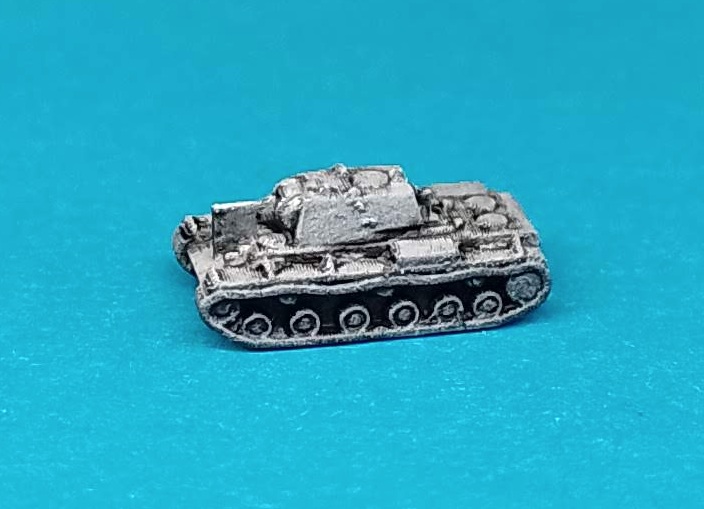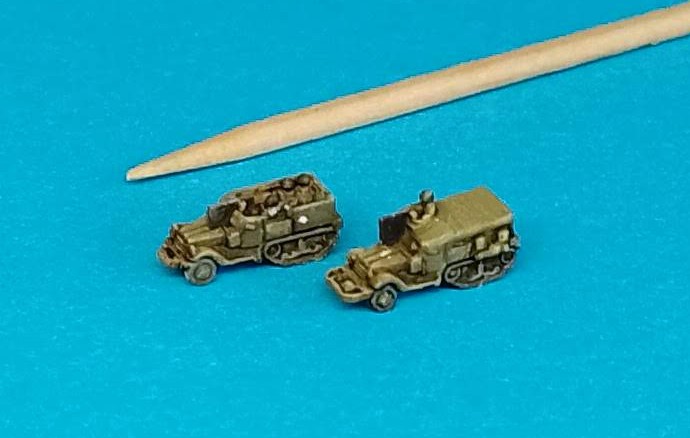Description
The LVT-1 (Landing Vehicle, Tracked, Mark 1) was the first mass-produced amphibious military vehicle used by the U.S. during World War II. Its development stemmed from a civilian rescue vehicle, the “Alligator,” designed by Donald Roebling for use in Florida’s swampy areas after hurricanes.
The LVT-1 was designed primarily as a cargo carrier to transport supplies and troops from ship to shore, and from the shoreline inland. It was unarmored and lacked significant firepower, though some were later retrofitted with machine guns. Its key feature was a unique tracked propulsion system with cleats, which allowed it to travel both on land and in the water. This dual capability was revolutionary, as it eliminated the need for troops and supplies to stop at the water’s edge to transfer to a land vehicle, a point where they were highly vulnerable to enemy fire.
Known unofficially as the “Alligator” or “Amtrac” (Amphibious Tractor), the LVT-1 had a crew of three and could carry up to 18 equipped troops or 4,500 pounds of cargo. It first saw operational use during the Guadalcanal campaign, where it served a vital logistical role. While its on-land performance was limited by its rigid suspension, the LVT series became a cornerstone of amphibious warfare, paving the way for more heavily armed and armored variants that followed.
Set consists of 15 fine metal 1:600th/3mm scale miniatures.
Producer: ‘Oddział Ósmy’ sc Marcin Kaźmierczak i Tomasz Kołuda, ul. Piotrkowska 107, 90-425 Łódź, Poland





